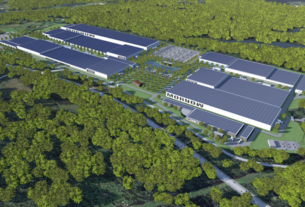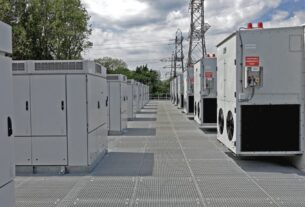United Kingdom – A report from global energy consultancy Xodus, in collaboration with Subsea7, unveiled an ambitious vision for the North Sea—transforming it into a hub for Carbon Capture, Utilization, and Storage (CCUS) by 2050.
The report, titled ‘Forecasting the North Sea CCUS infrastructure to 2050,’ outlines a roadmap that envisions the injection of CO2 volumes equivalent to current natural gas extraction, necessitating 100 reservoirs, over 7,500 kilometers of pipelines, and numerous emissions capturing sites.
Xodus conducted a meticulous analysis, evaluating 560 potential storage sites, existing gas pipelines, and potential infrastructure. The goal is to provide a tool for assessing the cost efficiency of CCUS projects, aiding stakeholders in making informed investment decisions. Europe’s unique position, with 40% of industrial emissions generated near the North Sea, positions the region as a strategic leader in reducing CCUS project costs.
North Sea’s dominance
Xodus forecasts that, in the coming decade, up to 100% of European CCUS projects will anchor in the North Sea, retaining a 60% market share by 2050. This projection aligns with high-case estimates for emissions reduction, positioning the North Sea as a vital player in a 500 MTPA market. However, the importation of emissions via vessels and long-distance pipelines depends on factors like transportation costs and societal attitudes toward onshore storage.
The study aims to dispel uncertainties around CCUS deployment by examining the required infrastructure for a large-scale rollout. Xodus envisions eight operational CCUS projects in Europe by the end of the decade, including projects in Norway and the UK. Xodus emphasizes the potential for significant cost savings and environmental benefits by strategically reusing 50-70% of North Sea CO2 storage infrastructure.




